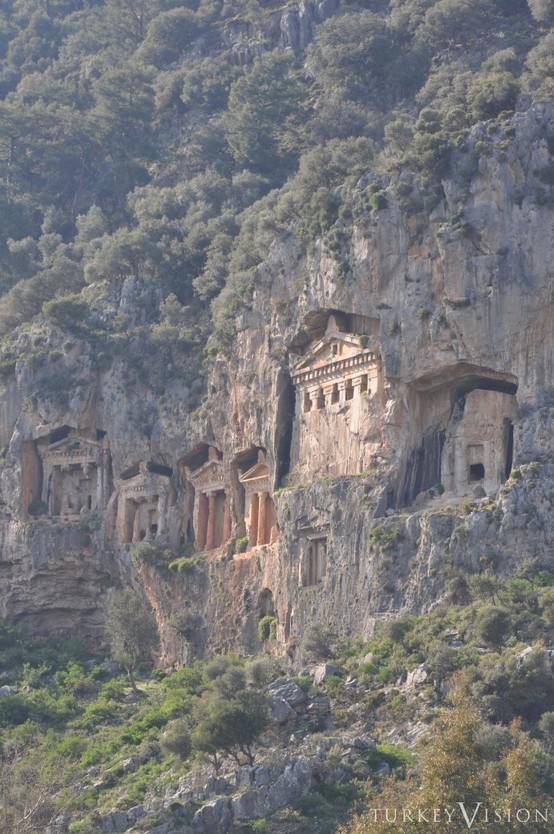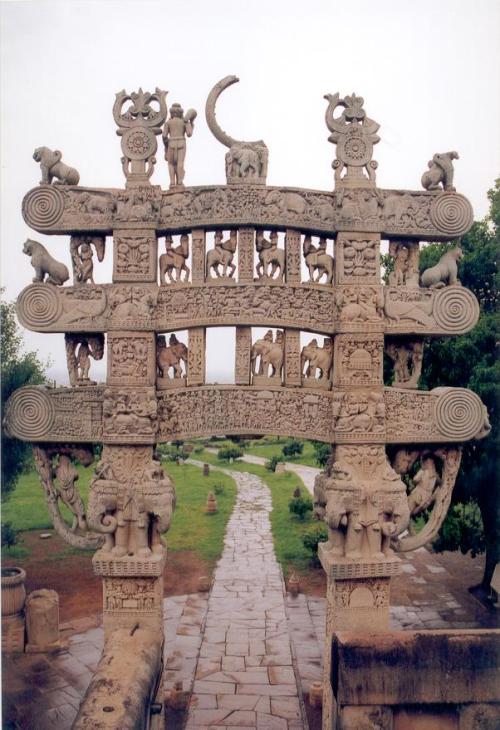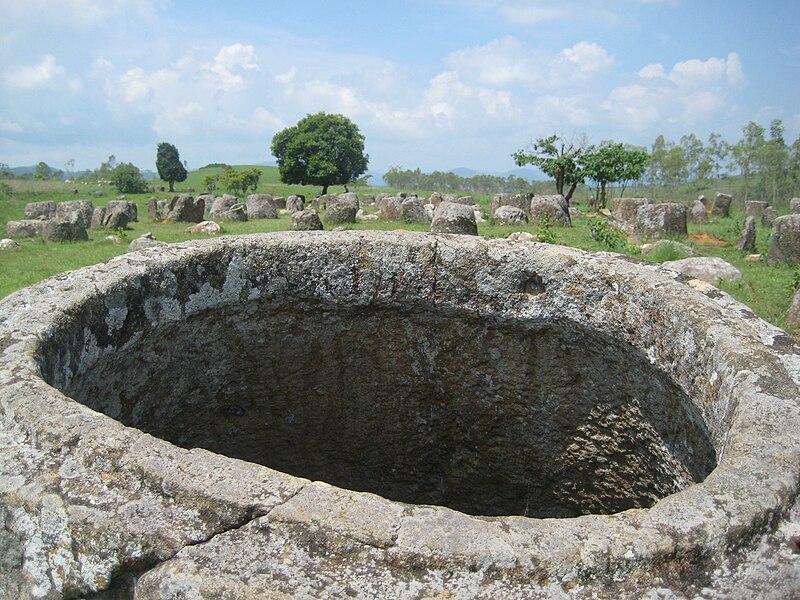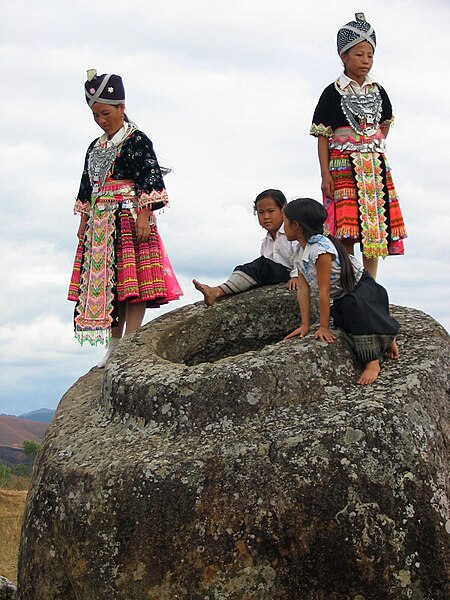The Plain of is a megalithic archaeological landscape in Laos. Scattered in the landscape of the Xieng Khouang plateau, Xieng Khouang, Lao PDR, are thousands of megalithic jars. These stone jars appear in clusters, ranging from a single or a few to several hundred jars at lower foothills surrounding the central plain and upland valleys.
The Xieng Khouang Plateau is located at the northern end of the Annamese Cordillera, the principal mountain range of Indochina. Initial research of the Plain of Jars in the early 1930s claimed that the stone jars are associated with prehistoric burial practices. Excavation by Lao and Japanese archaeologists in the intervening years has supported this interpretation with the discovery of human remains, burial goods and ceramics around the stone jars.
The Plain of Jars is dated to the Iron Age (500 BCE to 500 CE) and is one of the most fascinating and important sites for studying Southeast Asian prehistory. The Plain of Jars has the potential to shed light on the relationship between increasingly complex societies and megalithic structures and provide insight into social organisation of Iron Age Southeast Asia’s communities. To visit the jar sites one would typically stay in Phonsavan.
Kaunos Tombs
Kaunos Tombs in Dalyan, Turkey: Six rock tombs on the Dalyan river (4th – 2nd century BC).

Derinkuyu


An ancient city below the surface of the earth carved out by the ancients of Turkey. It is the largest excavated underground city in Turkey and is one of several underground complexes found across Cappadocia.
fineartamerica.com
Tiya
Tiya is among the most important of the roughly 160 archaeological sites discovered so far in the Soddo region, south of Addis Ababa. The site contains 36 monuments, including 32 carved stelae covered with symbols, most of which are difficult to decipher.


Megalithic Temples of Malta.
These free-standing structures were all used as religious temples, and are the oldest of their kind in the world, constructed between 3500-2500BC.

jetsetta.com
Rock temples in hard basalt, Ellora, India, 7th-10th C. Ellora (Marathi: वेरूळ Vērūḷ) also known as Ellooru, is an archaeological site, 29 km (18 mi) North-West of the city of Aurangabad in the Indian state of Maharashtra built by the Rashtrakuta dynasty. Well known for its monumental caves, Ellora is a World Heritage Site.

Vardzia
The cave city of Vardzia, Mt Erusheli, near Aspindza, southern Georgia (late 12th century). When the medieval kingdom of Georgia was resisting the Mongol hordes, Queen Tamar ordered the construction of this underground sanctuary in 1185 AD.

Choquequirao
Choquequirao Referred to as Machu Picchu’s sister city because of its striking similarity to the more famous site, it may in fact be the larger of the two. In addition to its fascinating ruins around a central plaza, it offers the most breathtaking views of any Inca site.


An interesting relief at the ruins of Arsameia, the capital of the kingdom of Commagene in 1st century BC.

Taq-e Bostan
Taq-e Bostan or Taq-i-Bustan (Persian: طاق بستان) is a series of large rock relief from the era of Sassanid Empire of Persia, the Iranian dynasty which ruled western Asia from 226 to 650 AD.

Cappadocian cave homes
3500 years of Cappadocian cave homes: These unique underground havens once were used by early Christians to hide from Roman armies, yet they remain occupied to this day

Qasr Farid Tomb, Carved from Single Large Outcrop of Rock, Madain Salah, Al Madinah, Saudi Arabia

allposters.com
Gateway to the Great Stupa
The ‘Great Stupa’ at Sanchi was originally commissioned by the emperor Ashoka the Great in the third century BCE. Its nucleus was a simple hemispherical brick structure built over the relics of the Buddha.

The Avenue of the Dead at Teotihuacan, an enormous archaeological site in the Basin of Mexico, just 30 miles (48 km) northeast of Mexico City, containing some of the largest pyramidal structures built in the pre-Columbian Americas.

El Fuerte de Samaipata
El Fuerte de Samaipata is a unique archaeological site in the mountains of central Bolivia. It features a stone hill carved with a wide variety of animal and geometric figures.

Nemrut Türkiye
Nemrut Türkiye in southeastern Turkey, notable for the summit where a number of large statues are erected around what is assumed to be a royal tomb from the 1st century BC.


Chan Chan is the largest Pre-Columbian City in South America.
The ruins of an ancient temple under Lake Titicaca, the world’s highest lake. Dating back 1,000 to 1,500 years ago, the ruins are pre-Incan. The Incas, who built Machu Picchu, believed they originated from the lake.

They regarded the lake as the birthplace of their civilisation, and in their myth, the Children of The Sun emerged out of the waters.crystalinks.com
Mohenjo-daro
Mohenjo-daro was once a major city, occupied by people belonging to the first civilisation in the Indian subcontinent. Mohenjo-daro, along with the other major city of Harappa and a host of other sites in Pakistan and northern India, represent an entire Early Bronze Age civilization on a par with those of contemporary Egypt and Mesopotamia.

Palmyra
In the heart of Syrian Desert it is hidden Palmyra, often described as the bride of the desert. Its magnificent remains tell of a heroic history during the reign of Queen Zenobia.

The Oasis, as it is sometimes called, is located near a hot-water spring called Afqa, which makes it an ideal halt for caravans moving between Iraq and Al-Sham (present day Syria, Lebanon, Holy Land and Jordan), trading in silk from China to the Mediterranean oddee.com
Montezuma Castle, ancient Sinagua cliff dwelling near Sedona, Arizona

Angkor Thom





